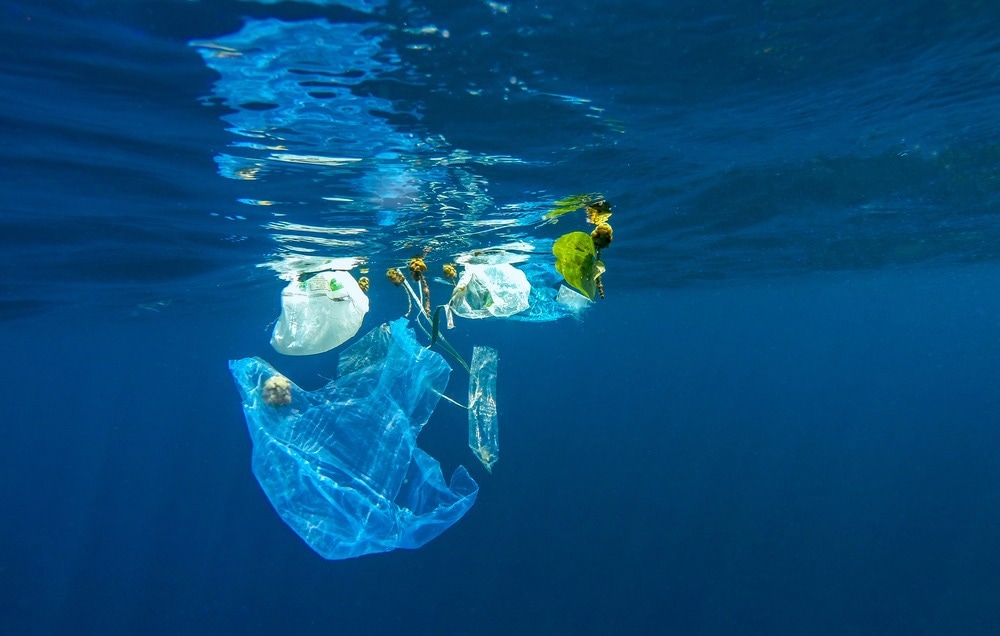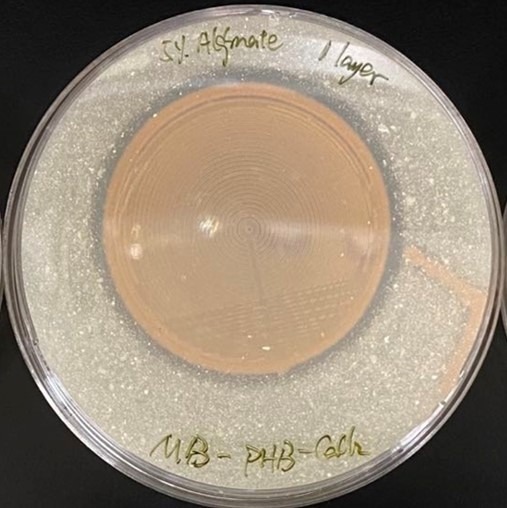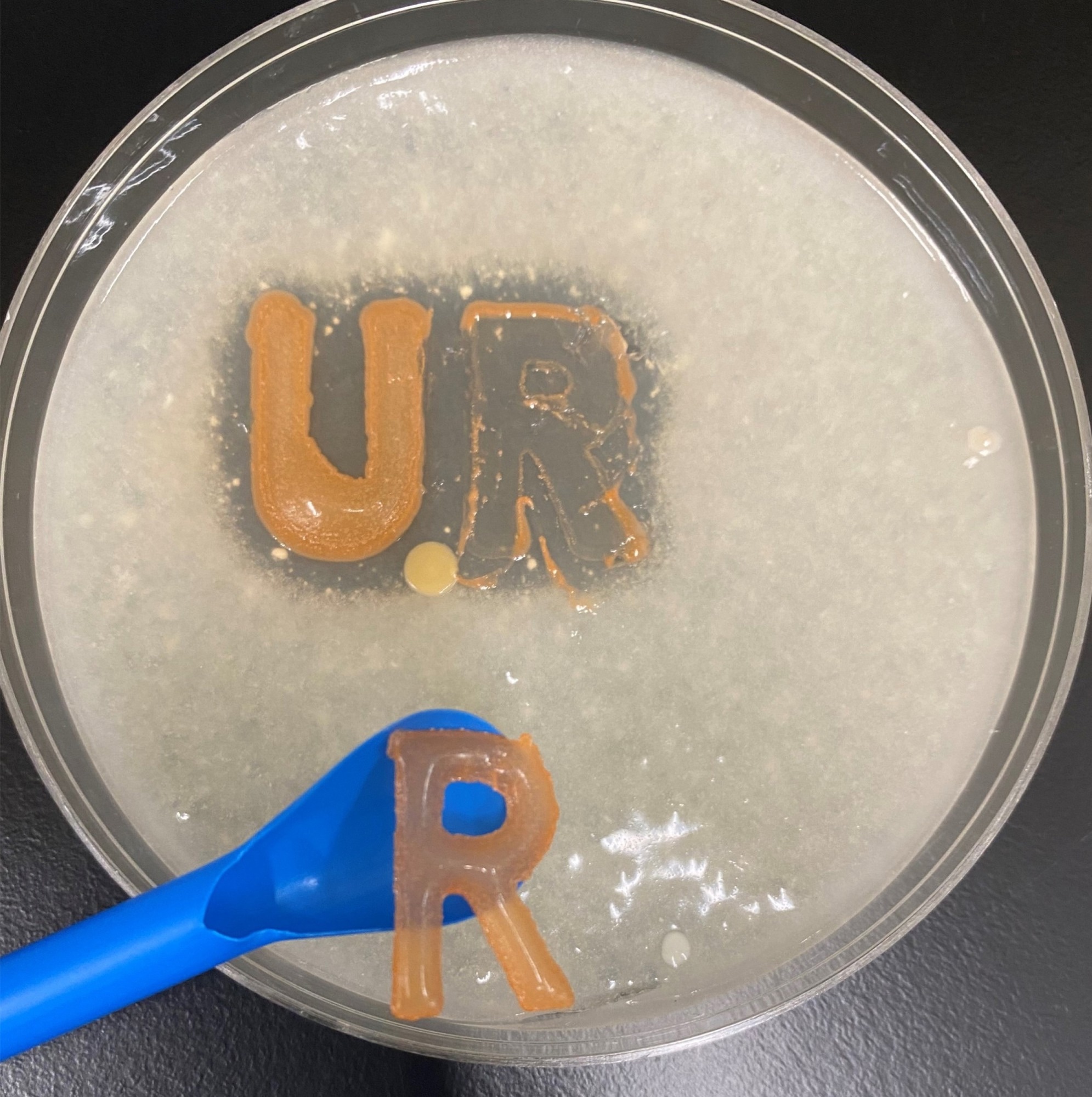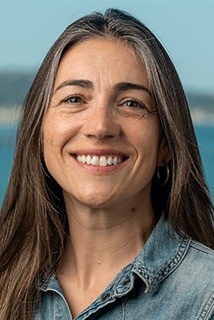In our latest interview, AZoM spoke with Dr. Anne Meyer and Dr. Alyson Santoro who are currently collaborating as part of Nereid Biomaterials. This group is creating a new biopolymer that can be broken down by bioplastic-degrading microbes in marine environments, bringing us closer to reducing the impact plastic waste has on our oceans.
Please could you introduce yourself and your professional background?
Dr. Anne Meyer (AM): I’m Anne Meyer, an Associate Professor in Biology at the University of Rochester. I was trained as a biochemist and microbiologist, but since I started my own laboratory, I’ve also become interested in developing new ways to use bacteria to produce environmentally-friendly materials.
Dr. Alyson Santoro (AS): I am an Associate Professor at the University of California Santa Barbara. I am an oceanographer and microbiologist. Most of my research is about studying nutrient cycling in the deep ocean.
How significant is the problem of plastic pollution in the oceans?
AM: Plastic pollution has been found in nearly every region of the world’s oceans, including down at the bottom of the deepest ocean trenches. Literal millions of tons of plastic waste enter the oceans every year, so that at the current rate there will be more plastic than fish by weight in the ocean by 2050. This plastic takes dozens or hundreds of years to break down, making it urgent to come up with solutions to keep our oceans clean and healthy.

Image Credit: MOHAMED ABDULRAHEEM/Shutterstock.com
You are both part of the interdisciplinary research team Nereid Biomaterials. What are the goals of this group, and why is it important to collaborate between different research backgrounds?
AM: Our research team at Nereid Biomaterials includes researchers from highly diverse backgrounds, ranging from synthetic biology to biomaterials production to instrument development to microbial oceanography. Our diverse team is essential to carrying out our interdisciplinary project, where we will be using revolutionary new environmentally-friendly bioplastics to develop oceanographic materials that incorporate living microbes that will allow the instruments to break down rapidly in ocean environments.
A unique aspect of our project is the inclusion of multiple industry partners. By involving them right from the start, we can ensure that we are designing products that will actually be used by the community.
Why is it that so-called biodegradable plastics may not actually degrade in marine environments?
AM: Most so-called “biodegradable” plastics, like polylactic acid (PLA), were only designed and tested for disposal in industrial composting facilities, which lack oxygen and are relatively high temperature. Ocean conditions are typically cold, dark, and oxic, which results in typical biodegradable plastics breaking down either slowly or imperceptibly in the ocean.
You are producing a bioplastic that is capable of effectively breaking down in water. Could you describe the make-up of the biopolymer you have created and how it is able to do this?
AM: The bioplastic that Mango Materials is creating contains a biopolymer called poly-3-hydroxybutyrate (PHB) that is made by bacteria as an energy-storage molecule, analogous to how many animals store excess energy in fat deposits. Because PHB is made by microbes, that means that many different types of microbes have evolved to be able to consume PHB, and can do so in a variety of environments including the ocean.

Living bacteria have been 3D-printed to create living materials that can degrade bioplastic in the Meyer lab. The clear "halo" around the outside of the 3D-printed structures shows the zone of plastic that has been cleared away by the bacteria degrading it.
AS: Just to clarify, the bioplastic itself doesn’t “break down” in seawater. It is decomposed by the metabolic activity of microbes.
AM: Our group developed the first 3D bioprinter for printing living bacteria cells. In this project, we will be using our 3D bioprinter to create 3D-printed living materials that incorporate bioplastic-degrading microbes that can accelerate the degradation of bioplastics in ocean environments.

Plastic-degrading bacteria can be 3D-printed into living stickers by the Meyer lab. These stickers can degrade bioplastic, as shown by the cleared areas beneath them, then be peeled off and stuck down to a new area of bioplastic, where degradation of the bioplastic can begin anew.
You have just announced you will be starting Phase 2 of the research project to test this bioplastic. What does Phase 2 involve and what kinds of applications will the material be tested for use in?
AM: Phase 2 of our research is an exciting chance to expand our bioplastic-degrading living materials to meet a wide range of different end-user demands. We will be creating living materials that can degrade in ocean environments on three different timescales of weeks, months, and years, and we will also develop technology to be able to trigger the degradation of bioplastic upon demand at end-of-life. These new materials will be tested for use in field-deployable prototypes of ocean instruments that are expendable, meaning that they are not recovered.

Bacterially-produced PHB bioplastic has been turned into 3D-printable filament by the Omand lab. This image shows several different geometries of 3D-printing the PHB bioplastic that could allow plastic-degrading bacteria to be 3D-printed within the plastic structures, providing a large surface area of interaction for the bacteria to contact and degrade the bioplastic. Image Credit: Melissa Omand of URI
Alyson, what is the significance of the marine microbiology that you are spearheading with the group?
AS: This is a unique opportunity to put the basic research we have been doing for decades into practice. Using tools we have developed to understand microbes in the ocean—including DNA sequencing of deep ocean microbes and measuring rates of metabolic processes—we will be able to evaluate the breakdown of these bioplastics and suggest potential additives that could accelerate their breakdown.
Do you see this technology being commercialized in the next few years?
AM: In Phase I of our project, we got in touch with a number of ocean instrument manufacturers who were excited about our new ocean-degradable bioplastic materials and have committed to adopting our materials once they are developed, which gives us a clear path toward commercialization.
What is the most exciting aspect of this research to you both?
AM: I’m excited to be able to apply our 3D bacteria bioprinting technology to make new materials that have the chance to really change the impact that humans are having on the environment.
AS: I’m excited to have another way to get people excited about marine microbes! I also really enjoy working with this team of people. The other leaders of this project, Dr. Allison Pieja from Mango Materials and Dr. Melissa Omand from U. Rhode Island both bring enormous expertise and questions from new perspectives. I learn something new all the time.
Where can readers find more information?
https://www.rochester.edu/newscenter/bioplastics-reduce-plastic-waste-in-oceans-536322/
https://nereidbio.org
About Dr. Anne Meyer and Dr. Alyson Santoro
 Dr. Anne S. Meyer is an Associate Professor of Biology at the University of Rochester, USA. Dr. Meyer received her Ph.D. in Biological Sciences at Stanford University (USA) in 2005. She was a post-doctoral fellow in the Department of Biology at the Massachusetts Institute of Technology (USA). Dr. Meyer served as an Assistant Professor in the Department of Bionanoscience at TU Delft in The Netherlands, prior to moving her research group to the University of Rochester in 2018. She has served as the lead advisor for six iGEM (International Genetically Engineered Organisms) teams, which have won numerous awards including the 2015 Grand Prize. Her research focuses on using quantitative techniques in the fields of biochemistry, microbiology, and biophysics to study structural dynamics, macromolecular interactions, and physiological responses of organisms to environmental stressors. She also uses tools of synthetic biology to engineer novel functions into microorganisms, with a particular focus on the production of improved, tunable biomaterials and the development of new tools for 3D patterning of bacteria.
Dr. Anne S. Meyer is an Associate Professor of Biology at the University of Rochester, USA. Dr. Meyer received her Ph.D. in Biological Sciences at Stanford University (USA) in 2005. She was a post-doctoral fellow in the Department of Biology at the Massachusetts Institute of Technology (USA). Dr. Meyer served as an Assistant Professor in the Department of Bionanoscience at TU Delft in The Netherlands, prior to moving her research group to the University of Rochester in 2018. She has served as the lead advisor for six iGEM (International Genetically Engineered Organisms) teams, which have won numerous awards including the 2015 Grand Prize. Her research focuses on using quantitative techniques in the fields of biochemistry, microbiology, and biophysics to study structural dynamics, macromolecular interactions, and physiological responses of organisms to environmental stressors. She also uses tools of synthetic biology to engineer novel functions into microorganisms, with a particular focus on the production of improved, tunable biomaterials and the development of new tools for 3D patterning of bacteria.
More from Anne Meyer: Producing Biofilms with Additive Manufacturing
 Dr. Alyson E. Santoro is an Associate Professor in Ecology, Evolution and Marine Biology at the University of California, Santa Barbara, USA. Dr. Santoro received her M.S. and Ph.D. in Environmental Engineering from Stanford University (USA) and was a Postdoctoral Scholar at Woods Hole Oceanographic Institution (USA). Her research focuses on microbes involved in nutrient cycling in the ocean, especially of the element nitrogen. She is interested in cultivating new microbes and discovering novel ways of tracking their activity. A particular focus of the lab is the marine archaea, a largely uncultured group of microbes. Findings from her recent research include the discovery that archaea in the ocean are involved in production of the greenhouse gas nitrous oxide, and that some marine archaea have exceptionally small genomes. She is the recipient of an Alfred P. Sloan Fellowship and a Simons Foundation Early Career Fellowship.
Dr. Alyson E. Santoro is an Associate Professor in Ecology, Evolution and Marine Biology at the University of California, Santa Barbara, USA. Dr. Santoro received her M.S. and Ph.D. in Environmental Engineering from Stanford University (USA) and was a Postdoctoral Scholar at Woods Hole Oceanographic Institution (USA). Her research focuses on microbes involved in nutrient cycling in the ocean, especially of the element nitrogen. She is interested in cultivating new microbes and discovering novel ways of tracking their activity. A particular focus of the lab is the marine archaea, a largely uncultured group of microbes. Findings from her recent research include the discovery that archaea in the ocean are involved in production of the greenhouse gas nitrous oxide, and that some marine archaea have exceptionally small genomes. She is the recipient of an Alfred P. Sloan Fellowship and a Simons Foundation Early Career Fellowship.
Disclaimer: The views expressed here are those of the interviewee and do not necessarily represent the views of AZoM.com Limited (T/A) AZoNetwork, the owner and operator of this website. This disclaimer forms part of the Terms and Conditions of use of this website.